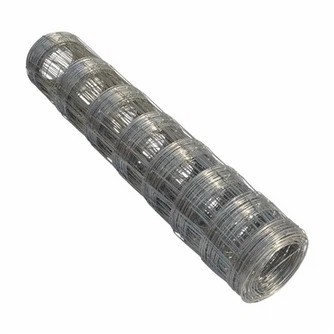


The Backbone of Modern Manufacturing and Infrastructure
From massive construction projects to the smallest home appliances, metal wire is an essential component that quietly powers countless aspects of our lives. Its strength, flexibility, conductivity, and resistance to wear make it invaluable across a broad range of industries. Whether you’re in automotive manufacturing, construction, electronics, or art, metal wire has likely played a pivotal role in your operations or creations.
Metal wire is a strand of metal that has been drawn through a die to reduce its diameter and increase its length. The process gives it strength while maintaining malleability, which is key to its many applications. Metal wires can be made from a variety of metals, including steel, copper, aluminum, brass, and stainless steel, depending on the intended use.
The wire can come in many forms—round, flat, square, or even custom profiles—offering versatility to engineers, builders, and manufacturers alike.
Steel wire is known for its exceptional strength and is widely used in the construction industry. It’s ideal for reinforcing concrete, supporting large structures, and crafting fencing and wire mesh products.
This type of metal wire is corrosion-resistant and is typically used in food processing equipment, marine environments, and medical instruments. It’s also commonly found in household items like dish racks and grills.
Renowned for its high conductivity, copper wire is the backbone of the electrical and telecommunications industries. It’s used in electrical wiring, motor windings, and transformer coils.
Aluminum is a lightweight alternative to copper and is often used in overhead power lines and aircraft manufacturing due to its low density and conductivity.
This metal wire is more decorative, often used in musical instruments, artistic applications, and architectural accents. It offers a unique blend of aesthetics and functionality.
In electronics, metal wires conduct electricity efficiently and safely. From circuit boards to household wiring and industrial motors, metal wires are essential for transferring electrical current.
Wire forms are used in everything from seat cushions to suspension systems. The light weight and strength of metal wire make it ideal for components that require durability without adding bulk.
Metal wire is used in industrial textiles such as wire mesh fabrics and even in fashion and jewelry making. Fine wires add structure and flexibility to high-end designer pieces.
Metal wire is capable of withstanding extreme pressure, heat, and environmental conditions. Whether buried underground or used in marine applications, it delivers lasting performance.
Despite its strength, metal wire can be bent, twisted, or molded into virtually any shape. This adaptability makes it a favorite in custom manufacturing and prototyping.
Certain types of metal wire, especially copper and aluminum, are highly conductive, which is crucial in electrical applications.
Most metal wires are 100% recyclable, making them an eco-friendly choice for industries aiming to reduce their environmental footprint.
Metal wire is a relatively low-cost material, especially when purchased in bulk. It offers excellent value for money when durability and versatility are taken into account.
Designers and architects are increasingly turning to metal wire for modern and industrial aesthetics. Wire cables are used in stair railings, suspension bridges, and even decorative panels. The unique textures and patterns of woven wire mesh made from metal wire can enhance facades and interior partitions.
Gabion walls, which are cages filled with stones held together by metal wire, are another innovative use, blending form and function beautifully in both public and private landscaping projects.
Metal wire may seem like a simple material, but its applications are vast and essential. It supports our buildings, powers our devices, secures our homes, and even heals our bodies. As industries evolve, the demand for strong, reliable, and adaptable materials like metal wire continues to grow.
